Outraged Farmers Blame Ag Monopolies as Catastrophic Collapse Looms/ Ag Web
The monopolies must be reined in, or we will just be fixing things around the edges without getting to the heart of farm bankruptcies.
Thanks to reading Ice Age Farmer’s new substack “Unshadowed” on a plane today, I found this article from September 9 that lays out the farming crisis beautifully, in the words of the farmers experiencing it.
https://www.agweb.com/markets/outraged-farmers-blame-ag-monopolies-catastrophic-collapse-looms
Outraged Farmers Blame Ag Monopolies as Catastrophic Collapse Looms
The inescapable crop math of sustained crippling commodity prices and high input costs has many growers screaming for immediate relief. However, bailouts are Band-Aids over bullet holes, contend farmers desperate for fundamental change.
By Chris Bennett

(Photo courtesy of Chappell Farms)
Farmers are not crying wolf. The wolf is real and right outside the door in the form of generational collapse.
The inescapable crop math of sustained crippling commodity prices and high input costs has many growers screaming for immediate relief, potentially via aid payments in late 2025 or early 2026. However, bailouts are Band-Aids over bullet holes.
Alarm has turned to extreme despair on many operations. On Sept. 2, 2025, a telltale farm meeting went nuclear. Field representatives from the offices of Sen. Tom Cotton, Sen. John Boozman and Rep. Rick Crawford, along with a rep sent by Gov. Sarah Sanders, initially intended to speak with a handful of growers in Brookland, Ark.
Instead, 400-plus farmers packed the house to overflow on a Tuesday — despite the pressing demands of rice and corn harvest and a mere three days’ notice — and unleashed a chain of grievances.
Where does blame lie? Where to begin digging for a long-term solution?
Amid the fallout of the Sept. 2 meeting, three farmers sound off on markets, monopolies, moratoriums and mismanagement in U.S. agriculture. They spare no sacred cows.
Adam Chappell: “This is the Worst Economy of My Lifetime …”
Denial ain’t just a river in Egypt, says Adam Chappell. “Year after year of sweeping all this s*** under the rug and pretending it’s not happening has got us to this point. Years of barely squeaking by, surviving with a bailout and then doing it all again. That is the definition of insanity.”
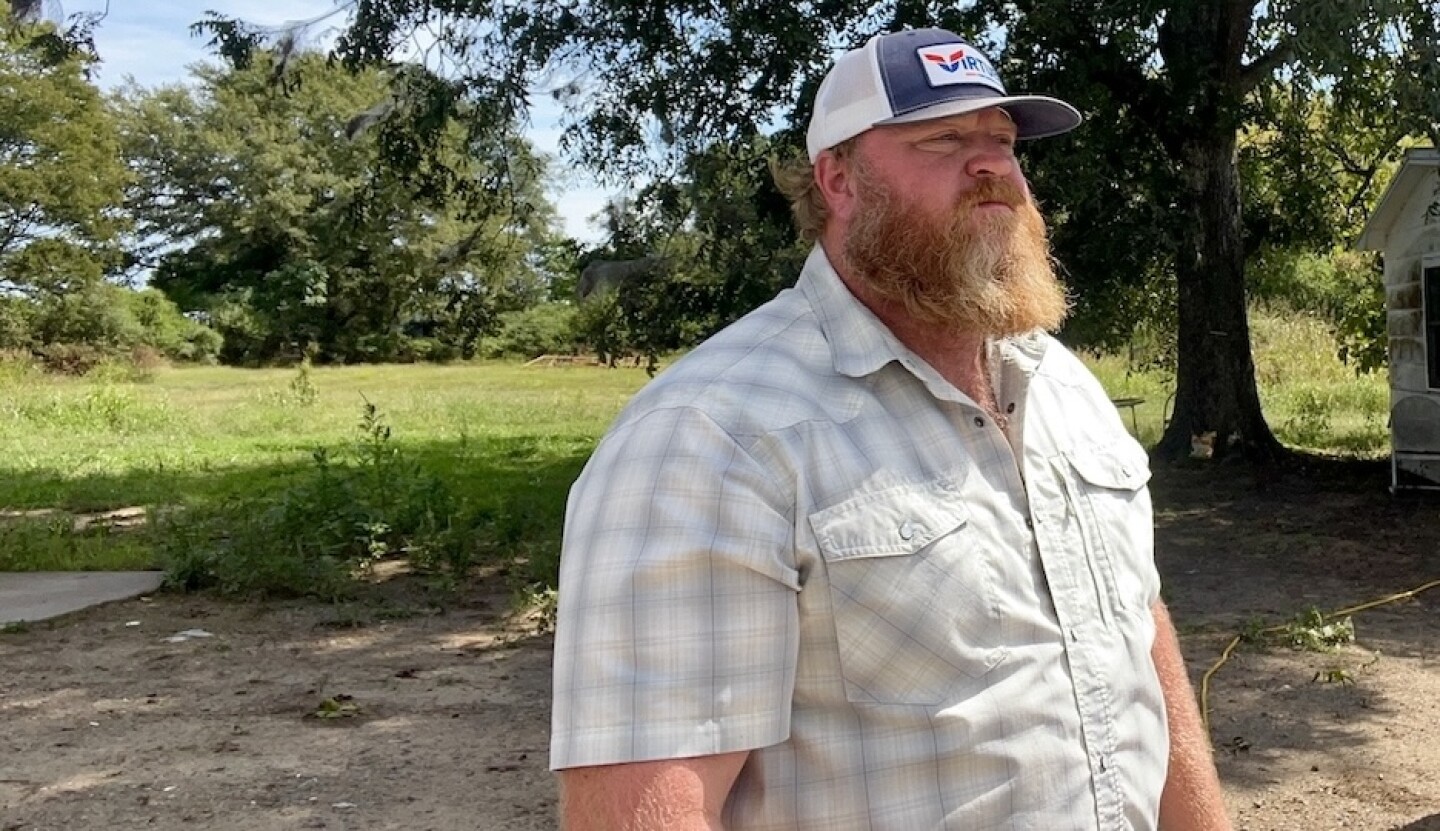
Growing 2,400 acres of soybeans, rice, and corn in east Arkansas’ Woodruff County, Chappell, 46, accuses USDA of head-in-the-sand policy: “I’m sick of USDA graphs saying agriculture income is set to rise. They’re baking cattle and coming payments into their recipe and pretending things are good. Bulls***.”
“This is the worst agriculture economy of my lifetime over at least the past three years, and right this minute, guys are going under — as in bankruptcyor leaving the farm,” he exclaims. “The solution is supposedly another bailout or a gap payment the following year? Wake the hell up: Where do you think that money is gonna go? It won’t go to farmers. It’ll go into supplier’s pockets.”
The entire agriculture industry — a bedrock of U.S. security — rests squarely on the shoulders of the American farmer. Ironically, that same farmer is the only player in the ag chain who cannot pass costs down the ladder.
Blame partially belongs on “Big Ag,” Chappell contends.
“Seed, chemicals or fertilizer, it’s all in the hands of a few companies that are the only game in town. You want to fix farming? Start a federal investigation on those big companies. Booming quarterly earnings and big stock dividends make no sense when farmers can’t pinch a penny.”
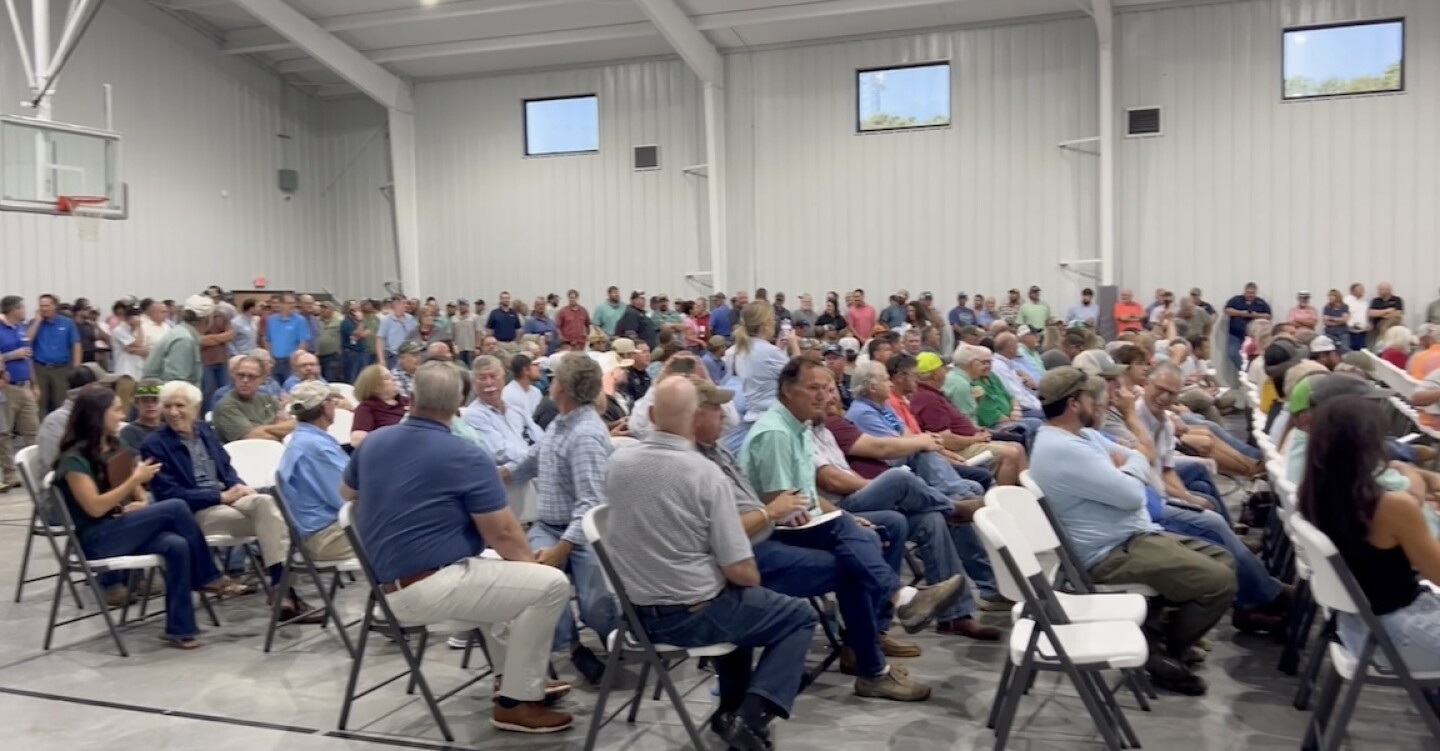
(Photo courtesy of Bailey Buffalo)
“If corn prices were to suddenly jump this month, nitrogen prices will magically rise the following year,” he continues. “If soybean prices explode to $15 tomorrow, a bag of beans will climb to $90. Guaranteed. Potash will hit $1,000. The monopoly problem is real.”
Behind closed doors, away from microphones and cameras, Chappell says federal politicians acknowledge “monopoly influence.”
“They all tell me they’re aware of a monopoly problem, and they don’t deny it exists. But they do nothing. Instead, we get bailouts and the money slips right out of our hands and into the big corporations we owe the money to — the monopolies. Meanwhile, those same corporations lobby for us to get the bailouts. Get it?”
“This is real talk,” Chappell describes. “This is what farmers know and experience. You can bet your ass, the monopolies will get their money. If you think otherwise, you’ve got blinders on.”
Kenneth Graves: “At Every Level of Agriculture, There Must Be a Reckoning.”
The Sept. 2 farm meeting, held a stone’s throw outside Jonesboro at Woods Chapel Baptist, was monumental, says retired Dewitt grower Kenneth Graves, 71. “I’d say 400 people or so showed up, maybe more. We’re talking about people standing outside the building in the middle of harvest. That tells you all you need to know.”
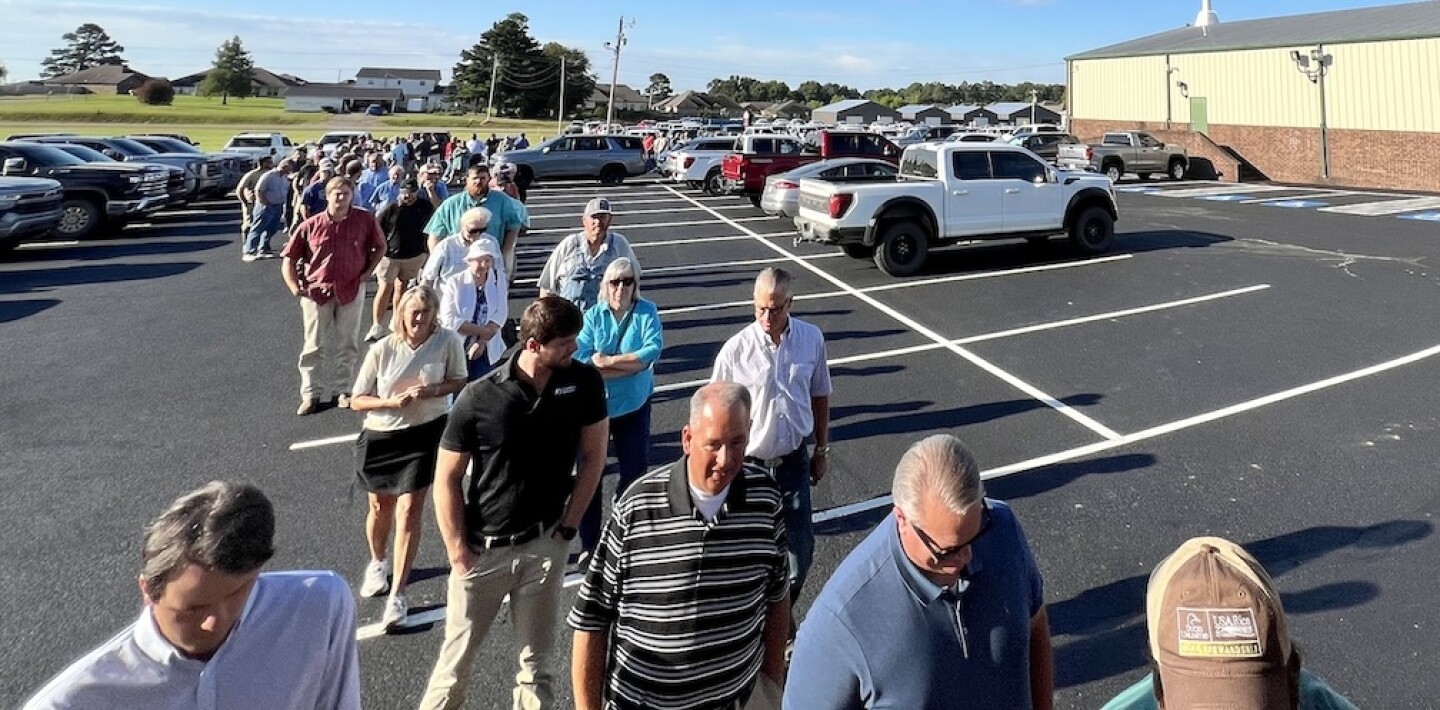
(Photo courtesy of Bailey Buffalo)
Graves, chairman of the Arkansas Rice Growers Association, understands severe hardship. He farmed through the anemic ag crisis of the 1980s. However, the current unrest is a “coming disaster” unlike anything he’s witnessed across a 50-year career: “I’ve never seen this kinda look in farmers’ eyes. It’s fear. And it’s based in undeniable facts.”
In August 2025, Graves sent an open letter to media and politicians, pleading for attention to eye-popping numbers. “My letter told what things are like right now. In our geography, it looks like you need to yield 100-300-300 to stay ahead,” Graves describes. “That’s 100-bushel beans, 300-bushel rice and 300-bushel corn. Basic Arkansas averages are 56-bushel beans, 166-bushel rice and 175-bushel corn. In a nutshell, we are going over a cliff. Banks are forecasting farm bankruptcies at 25% to 40%, and the dirty secret is out. Everyone knows it; everyone feels it.”
How does the industry even begin to crawl out of the hole? Start with markets, Graves urges. “Our international competitors play under the table and get hidden subsidies. The whole dynamic is off. At every level of agriculture, there must be a reckoning. That certainly includes seed, chemical and machinery companies. Back off.”
Death of a thousand cuts, according to Graves: “It’s been building over time and now it’s on the doorstep. You can argue that guys will be able to get back in their fields next spring, but that’s just denying the inevitable. Whether this year or next year or the next, there’s a crash coming.”
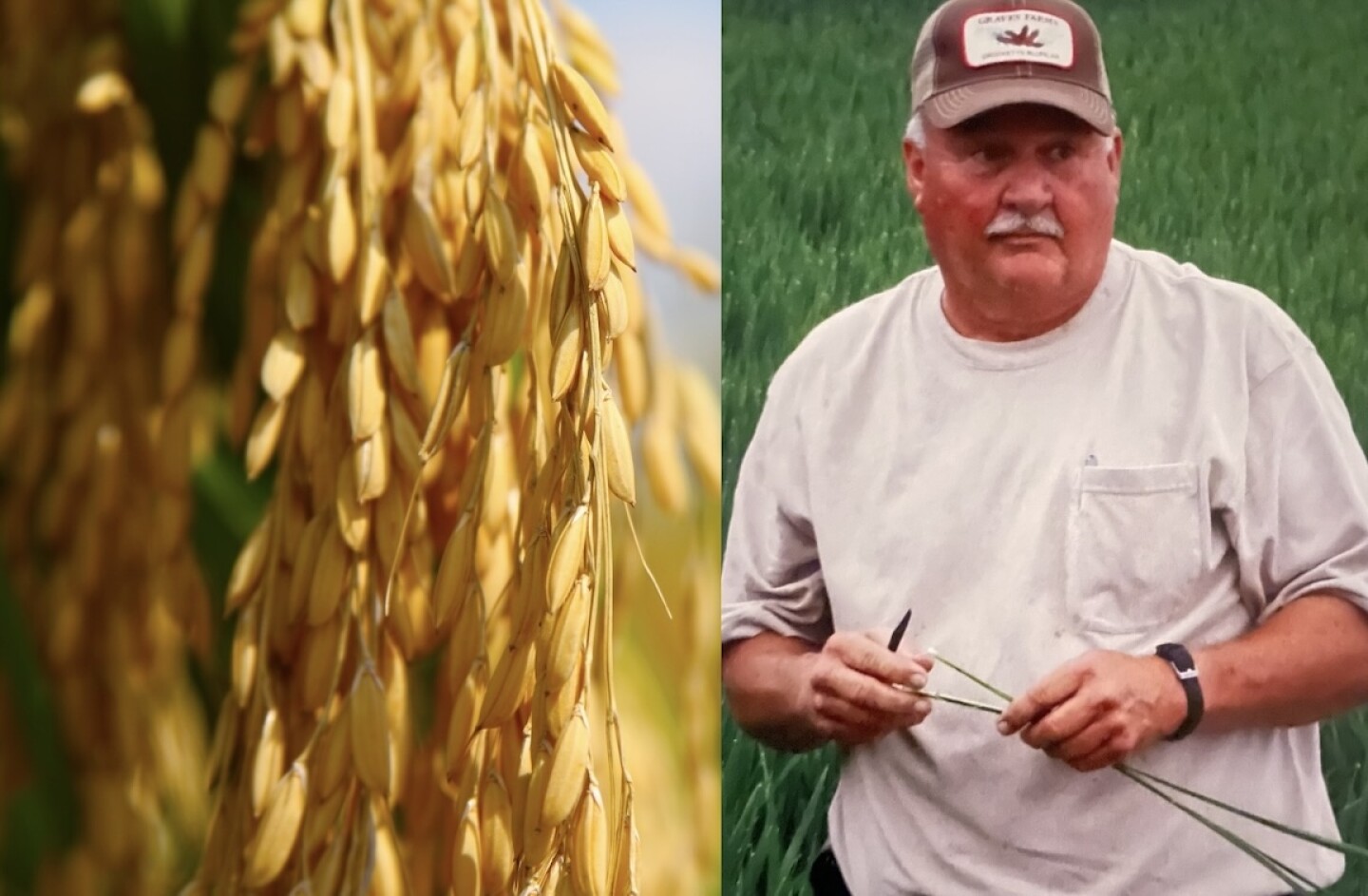
(Photo courtesy of Graves Farms)
Graves advocates for immediate political intervention. “I’m urging legislators at all levels to act now,” he says. “We’re talking about our food and agriculture security, and when that tanks, the economic effect will spill over every rural region in the country.
“Remember when that Chinese spy balloon flew over the U.S. in 2023, and our politicians did nothing? They made a lot of noise and acted too late, shooting it down after it collected data across the country,” Graves adds. “It’s past time to act. Our politicians either recognize this now or let us be some other country’s economic hostage later.”
Bailey Buffalo: “Farmers, Not the Giant Agriculture Manufacturers, Are the Ones Hurting.”
Adios to fifth- and sixth-generation farmers?
Yes, says Bailey Buffalo, 40, owner of Buffalo Grain Systems in Jonesboro, and president of Farm Protection Alliance.
“Horror stories. The pain is unreal. Worst farming situation I’ve seen in my life,” Buffalo says. “Look at Extension [University of Arkansas] numbers — corn growers losing $240 per acre; soybeans losing $144 per acre; and rice losing $380 per acre. The cotton growers may be worst of all.”
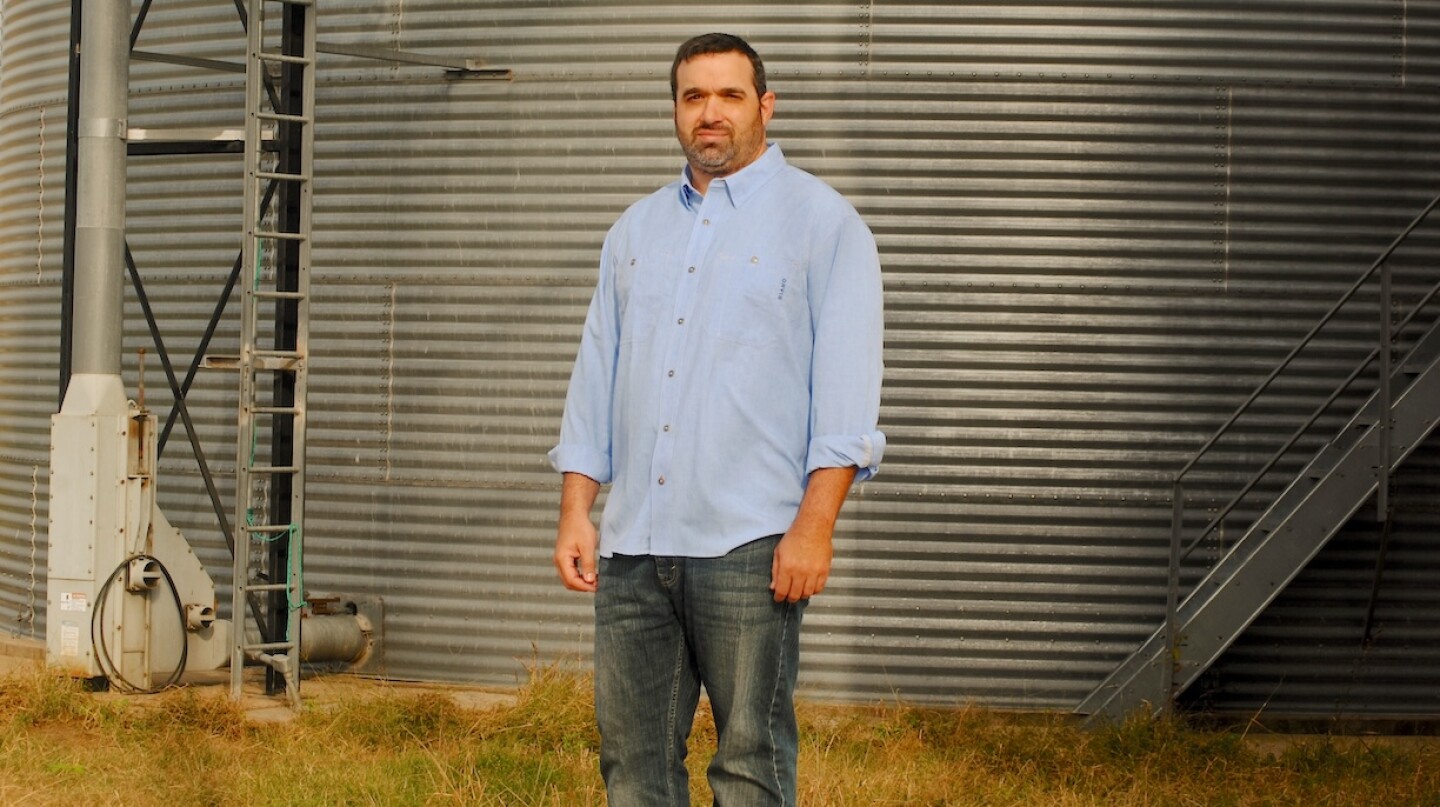
(Photo courtesy of Buffalo Grain Systems)
Storms can be weathered during agricultural tumult, Buffalo maintains — except when a thumb rests on the scale. Consolidation, he says, has turned a market rut into a debacle.
“Basic macroeconomics (CR4) tells us that if the top four competitors in any sector control more than 40% of the market, abuses become likely and that sector is approaching a monopolistic risk. That’s where I believe we’re at in farming,” he explains. “We can’t climb out of this mess partly because we’re at the mercy of agriculture monopolies.
“Take corn, cotton, rice and soybean seed. They’re at 70% to 90% control by corporate cartels, in my opinion. Take fertilizer where the top four players control about 82% of the market,” he adds. “If 40% of any sector is a monopoly risk, then what the hell do our agriculture percentages tell us?”
Despite Buffalo’s alarm, the input market contains exceptions, he notes: “I can name small seed suppliers and fertilizer suppliers who are providing very high-quality products at fractions of what those much larger corporations are charging. The farmers just have to put the extra work into finding them and into getting their orders in early as possible. They are proving that it’s possible for small operations to sneak into corners of the market.”
Yet, exceptions do not move the overall dial. “Farmers are literally losing money per acre while Big Agriculture is making hundreds of millions of dollars and more,” Buffalo says. “How can that be sustainable? You can make all the excuses or justifications you like, but any fair-minded person knows the situation is way out of balance.”
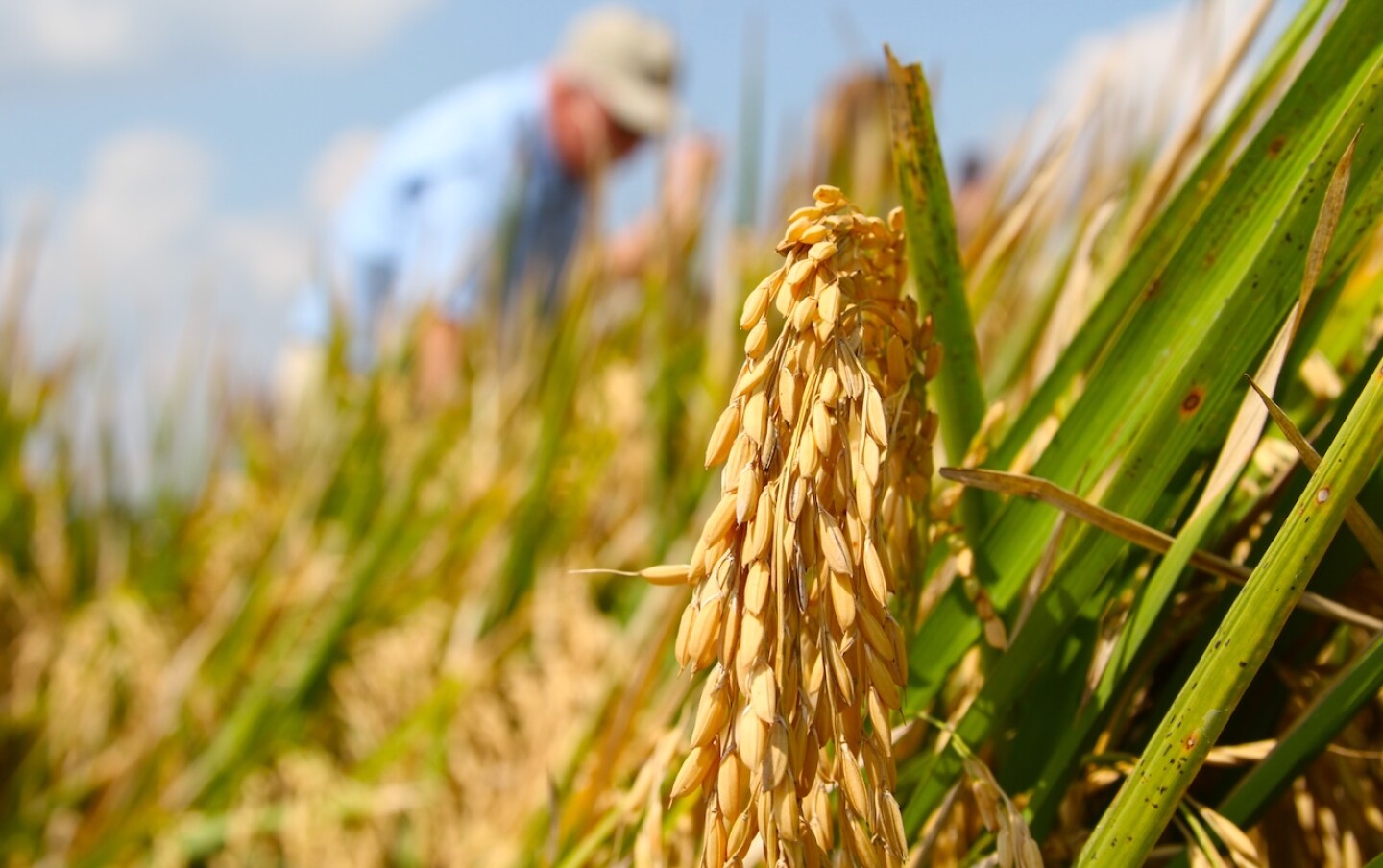
(Photo by Chris Bennett)
Bailout cash is a “gross Band-Aid,” according to Buffalo.
“The subsidies send farmers back to the pit, over and over. The money trickles to lenders, loans, suppliers, banks or somewhere else in chain. Bailouts are the same as kicking the can down the road,” he adds.
That “can” has grown exceedingly heavy and the end of the road is in sight, Buffalo says: “Some people blame tariffs. Some blame the current president. Some blame the last president. Some blame other politicians. In the background of all this blame, nobody is looking at where farmers spend their money. Farmers pay monopolies and often feel they have no choice.”
Agriculture’s handbrake must be pulled, Buffalo says, with an economic reversal contingent on a deep look at consolidation, moratoriums and diversification — via both a federal and state lens. In his opinion, the following four changes are in order:
1. Start with monopolies. “State constitutions have anti-trust legislation. Create smoke at the state level and force USDA and the feds to follow.”
2. Put an indefinite moratorium on all mergers and acquisitions in the food and ag sectors. “End consolidation and demand long-lasting change.”
3. Get a handle on D.C. lobbyists. According to a 2024 report, Cultivating Control: Lobbying by the agribusiness sector has steadily increased: In just the last five years, the agribusiness sector’s annual lobbying expenditures have risen 22%, from $145 million in 2019 to $177 million in 2023. And each year, agribusiness spends more on federal lobbying than the oil and gas industry and the defense sector.
A five-year “cooling off” lobbying period should be set in stone for any government official exiting office, Buffalo says: “Defense, SEC going to Wall Street, any of them, including agriculture. You should never, never be allowed to retire from an ag committee in Congress and then run over to a board at Tyson, Cargill, ADM, John Deere or any other company.”
4. The grain industry must diversify. “I think diversification must be part of any solution. I’m talking about an effort to grow all our food in this country. Our grain goes to feed and ethanol, but we need a structure to grow our own edible food as well, and protect our national security like never before.”
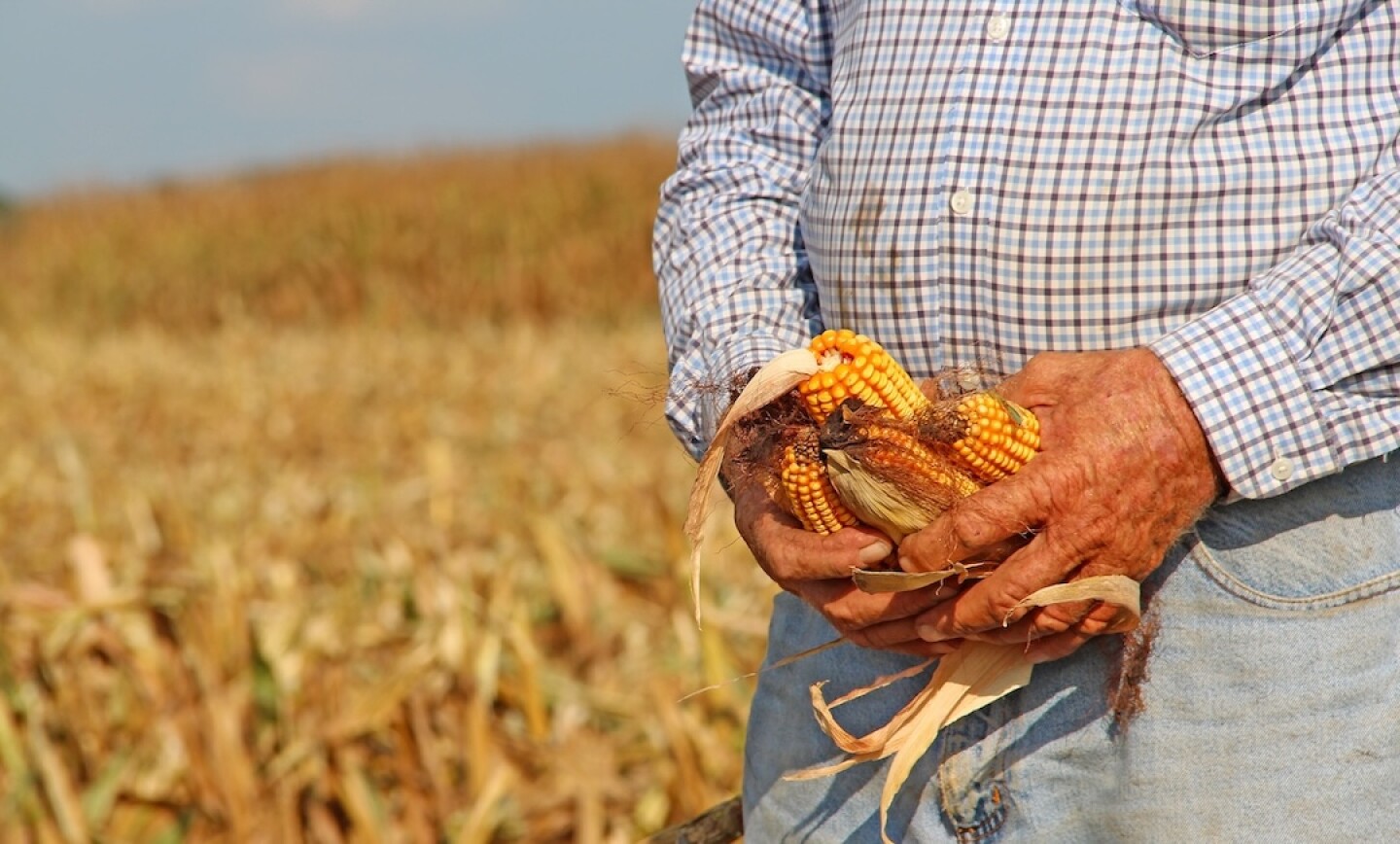
(Photo by Chris Bennett)
At the Sept. 2 spillover meeting in northeast Arkansas, Buffalo was present, listening to the plight of the common grower. The meeting was noted by media and politicians as evidence of a dire “agriculture crisis.” Ironically, no such crisis exists, Buffalo asserts.
“They don’t get it and therefore they can’t properly find the solution,” he says. “Right now, if I was to walk into Congress and ask all the senators and reps, ‘Who thinks the agriculture industry is hurting to the point of collapse?’ all the hands would go up. Instead, the question should be, ‘Who thinks farmers are hurting to the point of collapse?’”
“There’s a giant difference between the two questions, and that difference is indicative of the separation between local Ag and Big Ag,” Buffalo concludes. “Farmers, not the giant agriculture manufacturers, are the ones hurting to the point of going belly up. There’s no solving any of this until that difference is recognized.”